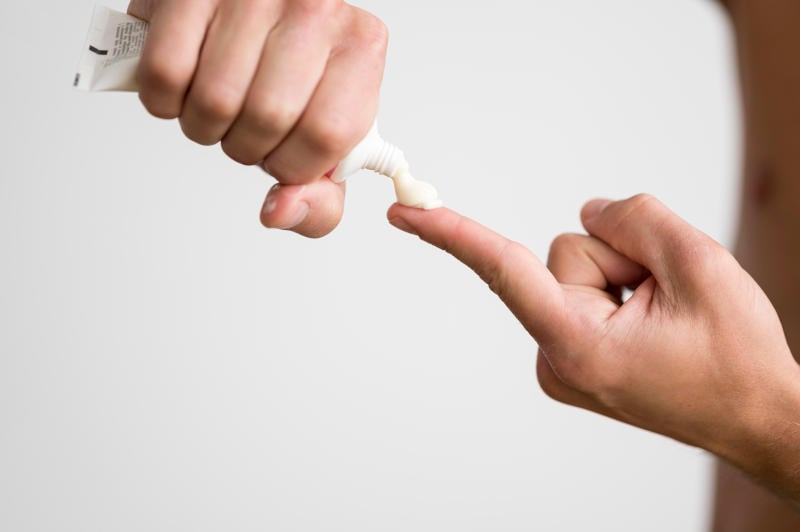We’ve all had our fair share of bumps and bruises over the years. Let’s face it, cuts and twisted ankles are impossible to avoid throughout life. But do you know what to do to treat a wound or an injury?
Many people outside of healthcare believe that first aid skills are out of their reach, and we couldn’t disagree more! First aid awareness is a key skill for all people, no matter the age or profession.
Read on to learn more about what qualifies as first aid, as well as 15 of our favorite first aid tips and life hacks.
Defining First Aid
According to the Merriam-Webster Dictionary, first aid is “emergency care or treatment given to an ill or injured person before regular medical aid can be obtained.” By definition, first aid isn’t just for medical professionals, but without medical supplies always at hand, how can you provide care to a person in need?
This is where our first aid tips and life hacks come in handy. Who knew how many useful solutions you had laying around your home or workplace?
First Aid Life Hacks
A first aid life hack can be any first aid tip used in improvised care. Here are some of our favorite tips and tricks for the most common situations needing attention.
First Aid Tips for Wounds
A tourniquet is composed of a band that is secured high on the limb and is twisted with a strong rod called a windlass to stop bleeding. If you don’t have a tourniquet available, a belt or a cut of strong cloth that is between two and three inches wide can be used in an emergency. A stick the width of two fingers or greater can be an alternative windlass.
If a wound continues to bleed under basic pressure, be sure to raise the cut above the person’s heart. The increased pressure can help decrease blood flow and allow blood clotting platelets to accumulate to stop the bleed.
If a cut is deep enough and you believe it may need stitches but do not have any bandages to keep the cut closed, superglue can be used on the most external part of the cut to help keep the skin from separating more on the way to see a doctor.
If bandages and antiseptic aren’t available, you can flush a wound with fresh, clean water to remove any dirt or other foreign objects and apply makeshift gauze cut from clean cloth like shirts, towels, or blankets. Duct tape can help secure a bandage, but you want to be sure to not wrap it so tight that you restrict blood flow.
First Aid Tips Around the Home
If someone is hurt and you don’t have an ice pack available to help decrease swelling after an injury, a frozen towel, sponge, or even a frozen bag of peas make great substitute ice packs. Towels or baggies can be used to help cut the cold for people who are more temperature sensitive.
To make a portable hot compress, fill the foot of a clean sock with uncooked rice and put it in the microwave for 30 seconds to help with everyday afflictions such as sore muscles or abdominal cramps.
You can also create your own heating pad by placing a small hand towel in a bowl of hot water to soak. Next, wring out the water and put it into a large baggie, folding as necessary. You can use this intermittently as you would a heating pad with caution to avoid prolonged exposure.
Small splinters or cactus spines that cannot be removed with tweezers can be easily removed by using white school glue. Apply the glue, let it dry, then peel it off for easy removal. For extra persistent splinters, duct tape can also be used, however be sure to proceed with caution as to not press the splinter further into the skin.
When you have a bug bite, the mild allergic reaction at the site of the bite can itch intensely. Applying antiperspirant to the bite can help reduce the itch and sting from bug bites by drawing out toxins from the bite when you do not have antihistamine drugs available.

Antiperspirant can also be used sparingly on small cuts on your face. The aluminum chloride that shrinks sweat glands can have the same effect on tiny blood vessels and can help stop pesky cuts from bleeding.
If you have a toothache but are still waiting for the dentist to work you in, you can apply coconut oil to the affected area. It has anti-bacterial characteristics to help ease the pain and swelling and won’t leave your mouth numb like other over the counter solutions.
Duct tape can be used preventatively on heels and and toes instead of bandages to decrease risk of blisters or chafing, especially when being active while breaking in a new pair of shoes.
First Aid Tips at Work
Office chairs work as a simple stand-in if a person rolls or twists their ankle to help transport them to a vehicle to seek treatment. Just be sure to watch out for those pesky high door thresholds so you don’t launch anyone from the chair!
You might not have antiseptic available at work, but many workplaces will have water and salt available. By adding a couple pinches of salt to a cup of warm water, you can create a great substitute to help wash debris out of a cut.
Looking for a quick and easy stand-in for bandages for wounds that won’t stop bleeding? Sanitary napkins (aka feminine pads) work like a charm. They won’t tear or dissolve like a paper towel when exposed to blood, and can be found in most office settings.
First Aid Tips in the Wilderness
When you’re out in the wild away from civilization, the chances of needing to provide first aid rise considerably! We had so many first aid tips and tricks for the wilderness, we devoted an entire blog to this topic.
First aid is not only for first responders, and knowing some first aid tips can be a valuable skill for every person to have when things don’t go as planned. At ProTrainings, we believe everyone can be a lifesaver in an emergency with even minimal training. We offer high quality first aid training in addition to our courses that cover other lifesaving skills.
Be sure to follow us on LinkedIn for even more helpful life hacks!
